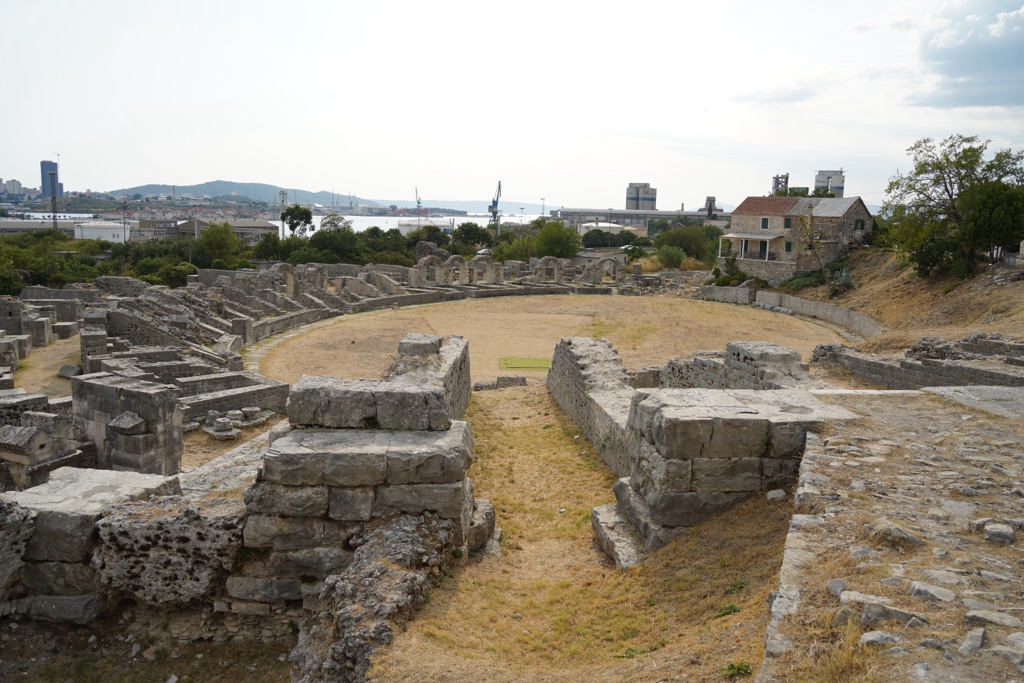Ancient Salona, once the capital of the Roman province of Dalmatia, is a treasure trove of history nestled in modern-day Croatia. This archaeological site reveals a complex tapestry of Roman urban life, complete with public baths, an amphitheater, and early Christian graveyards. Salona’s strategic location near the Adriatic Sea made it a vital trade and administrative center. Over time, it became a melting pot of cultures and a significant early Christian stronghold, until its eventual decline following Slavic invasions in the 7th century.
Get your dose of History via Email
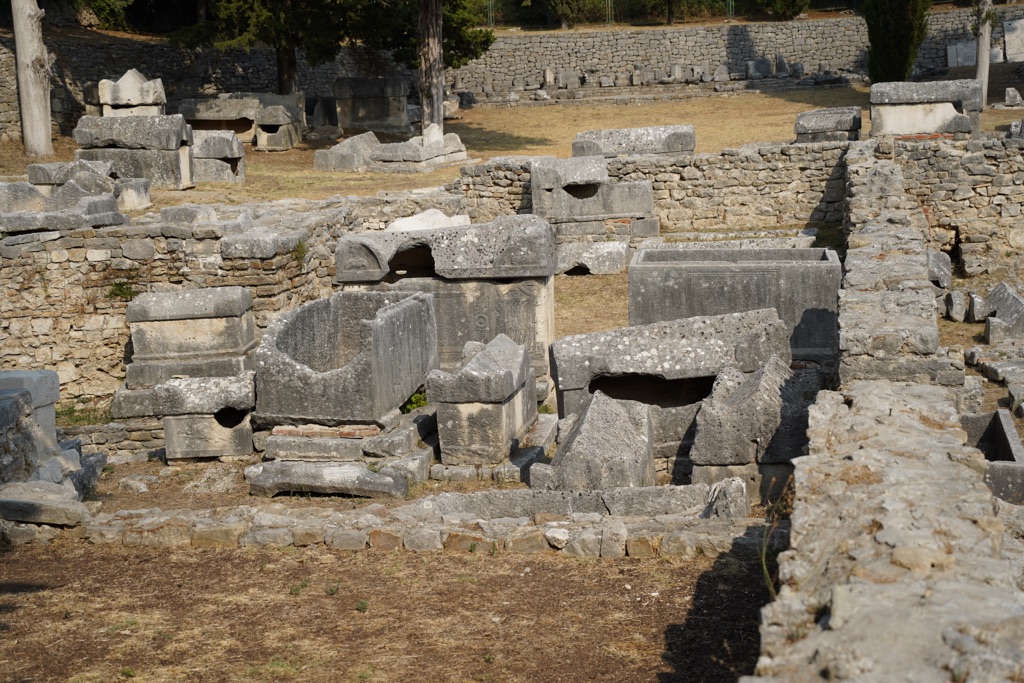
Historical Background of Ancient Salona
Archaeologists stumbled upon the ruins of Ancient Salona in the late 19th century. The discovery was pivotal, shedding light on Roman provincial life. It was the Austro-Hungarian archaeologist Carl Patsch who spearheaded the initial excavations. The city’s origins trace back to the Greeks, but it was the Romans who left a lasting mark. They built Salona up into a bustling metropolis, complete with grand architecture and infrastructure.
Salona’s significance grew as it became the administrative center of the Roman province of Dalmatia. Its population boomed, reaching up to 60,000 at its peak. The city was a hub of activity, with a diverse populace that included traders, officials, and artisans. It also became an early Christian center, with evidence of a Christian community present from the 3rd century onwards.
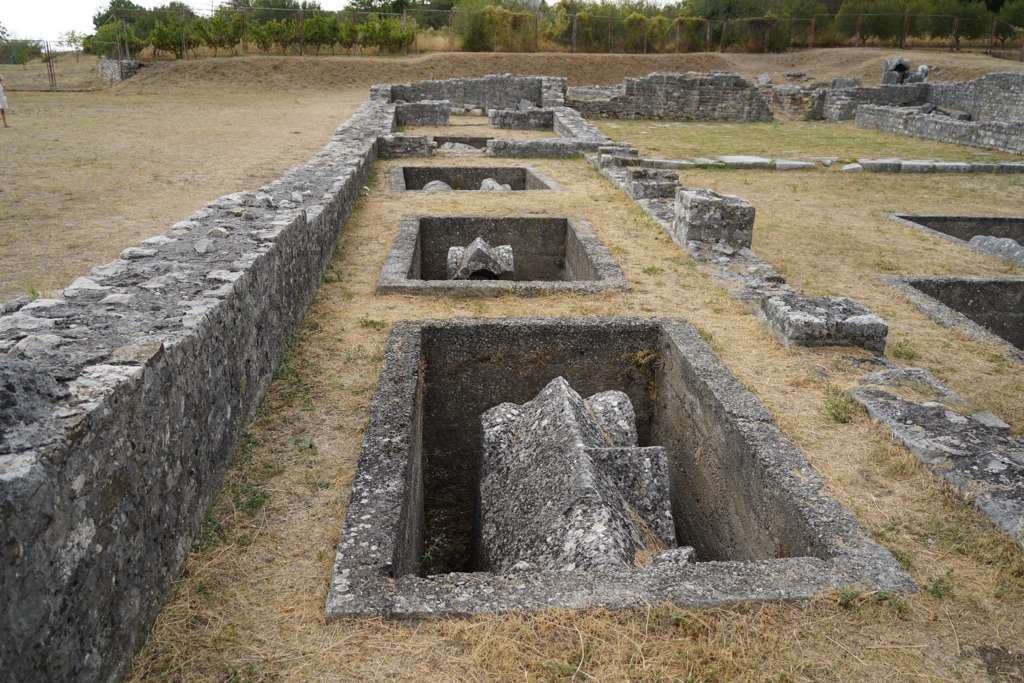
Throughout its history, Salona saw various inhabitants and rulers. After the fall of the Western Roman Empire, it came under the control of the Byzantines and later the Croats. The city was a scene of historical importance, witnessing the spread of Christianity and the shifts of power in the region. It was eventually abandoned after the Avar and Slavic invasions in the 7th century, leaving behind ruins that tell a story of its past glory.
The city’s architecture reflects its historical significance. The amphitheater, capable of seating 15,000 spectators, was the site of gladiatorial combats. Salona also played a role in the spread of Christianity, with the martyrdom of St. Domnius, who was killed in the amphitheater. His death marked Salona as a place of Christian pilgrimage, further cementing its religious importance.
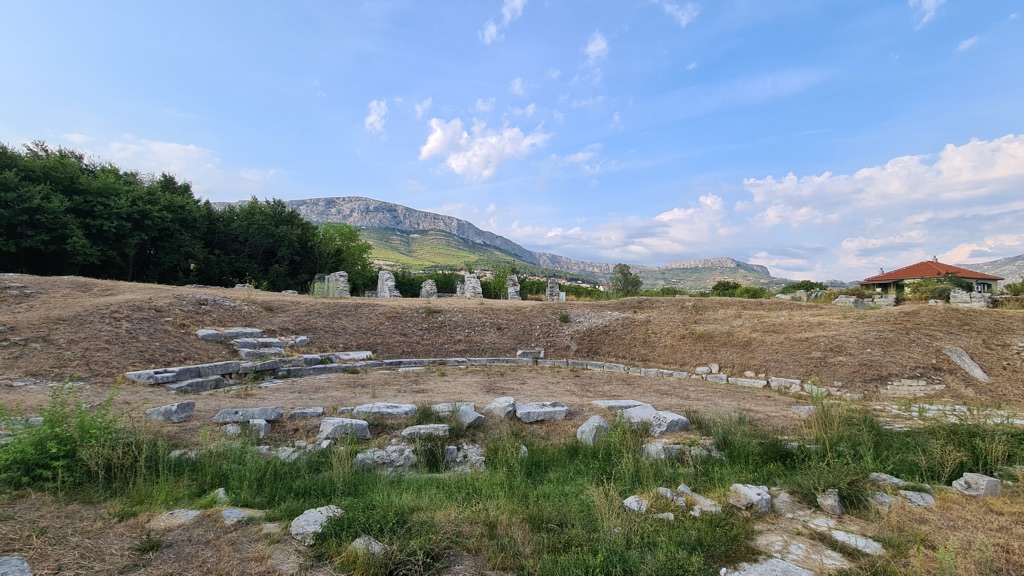
Today, Ancient Salona is a testament to the city’s rich history. The ruins provide a glimpse into the lives of its former inhabitants. They also serve as a reminder of the city’s role in the broader narrative of the Roman Empire and early Christianity. The site continues to be a focus for archaeological research, offering new insights into the ancient world.
About Ancient Salona
Ancient Salona’s ruins paint a picture of a sophisticated Roman city. The city’s layout was typical of Roman urban planning, with a forum, basilica, and temples forming the civic center. The streets were laid out in a grid pattern, flanked by public buildings and private homes. The city walls, built to protect Salona from invaders, still stand in parts, showcasing the defensive architecture of the time.
The construction methods and materials used in Salona were characteristic of Roman engineering. Local limestone was the primary building material, supplemented by brick for structures like baths and aqueducts. The city’s water system, complete with aqueducts and sewers, was a marvel of ancient technology, ensuring a steady supply of fresh water and sanitation for its inhabitants.
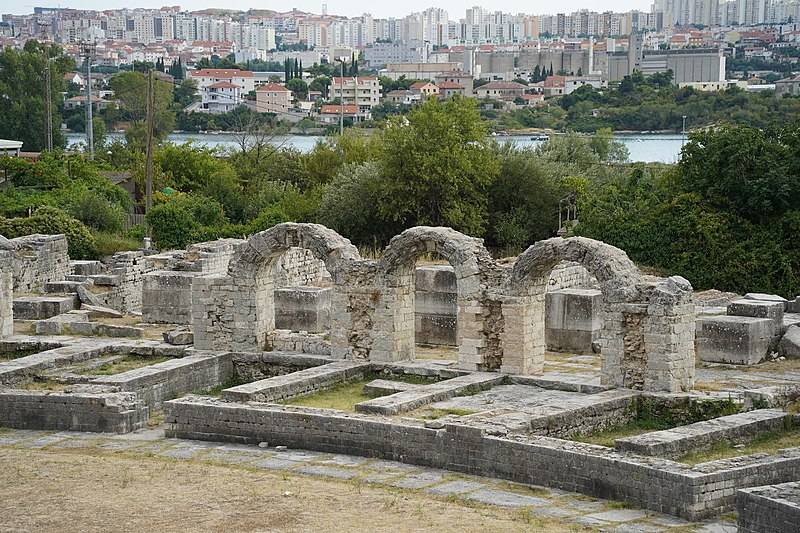
Architectural highlights of Salona include the amphitheater, one of the largest in the region, and the complex of early Christian churches and cemeteries. The Manastirine, Kapljuč, and Marusinac graveyards are significant for their early Christian sarcophagi, which provide insight into early Christian burial practices and beliefs.
Salona’s public baths, known as thermae, were centers of social life and engineering marvels. They featured hypocaust systems for heating and elaborate mosaics. The city’s infrastructure also included a well-developed road network, connecting Salona to other important Roman cities and facilitating trade and movement.
The remnants of Salona’s grandeur, such as the city gates and the remains of luxurious villas, offer a glimpse into the wealth and status of its residents. These structures, with their intricate floor mosaics and ornate decorations, reflect the prosperity that Salona enjoyed during the Roman period.
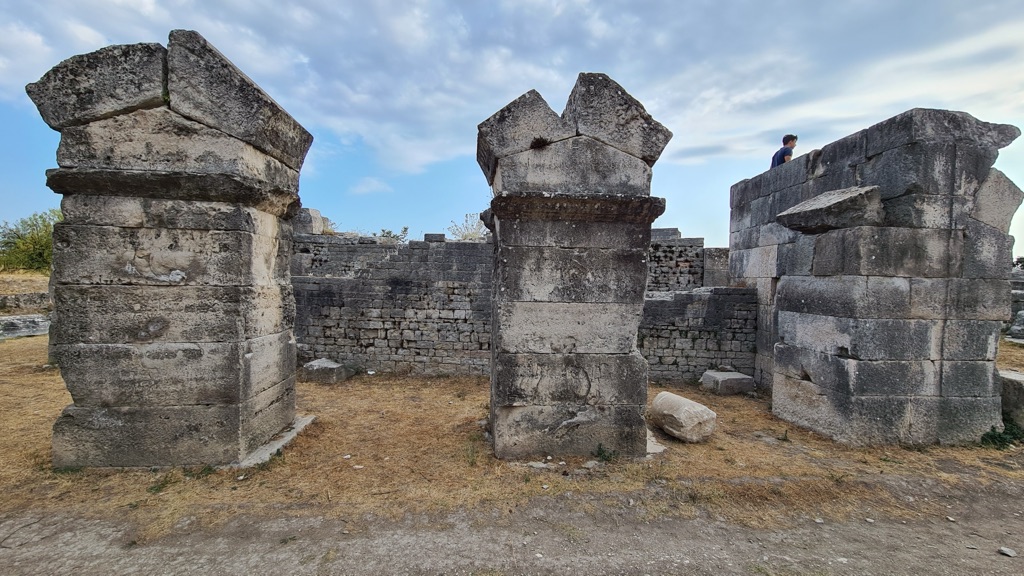
Theories and Interpretations
Several theories about Ancient Salona’s use and significance have emerged over time. Some scholars suggest that its location was strategically chosen for trade and defense. Others believe that Salona’s development as a Christian center was due to its role as a cultural crossroads.
The mysteries of Salona include the exact locations of certain public buildings and the full extent of the city’s size. Archaeologists have had to interpret the ruins and match them to historical records to gain a clearer picture of the city’s layout and functions.
Dating the ruins of Salona has involved various methods, including stratigraphy and radiocarbon dating. These techniques have helped establish a timeline for the city’s development and decline. They have also aided in understanding the chronology of the region’s occupation by different cultures.
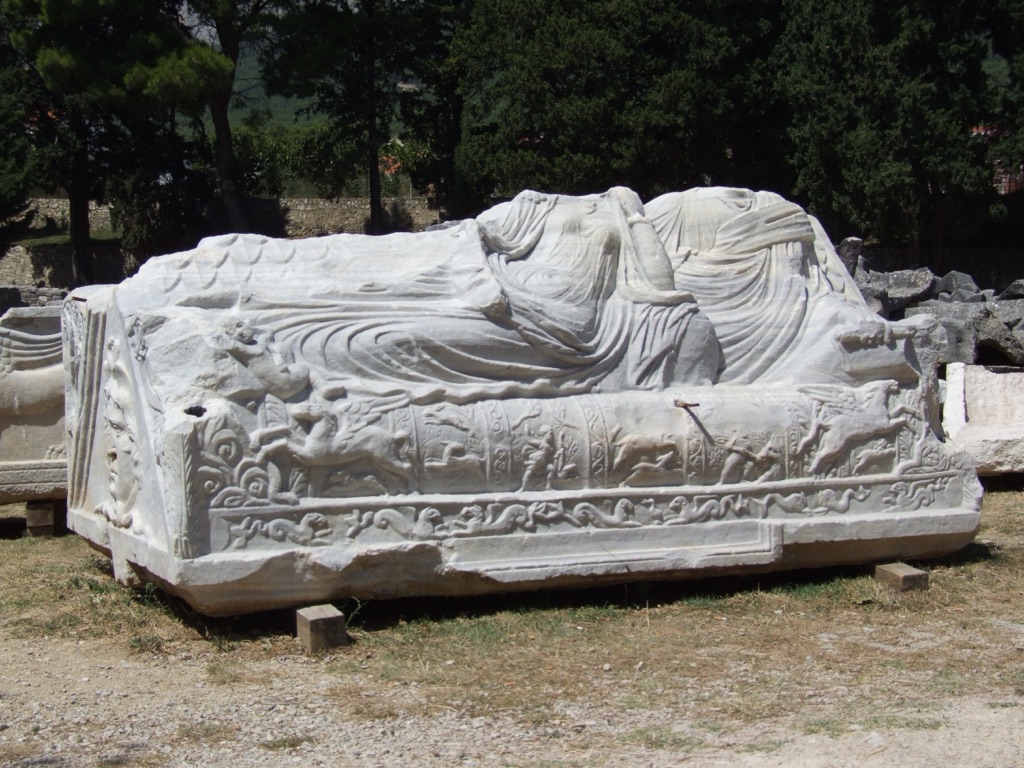
One of the most intriguing aspects of Salona is its role in the spread of Christianity. The presence of an early Christian community and the martyrdom of St. Domnius have led to theories about the city’s religious dynamics and its place in the history of the Christian church.
Interpretations of Salona’s decline focus on the impact of the Slavic invasions and the subsequent abandonment of the city. Researchers continue to debate the reasons behind the city’s fall and the fate of its inhabitants after the invasions.
At a glance
Country: Croatia
Civilization: Roman Empire
Age: Founded in the 2nd century BC, reached its peak in the 3rd and 4th centuries AD

